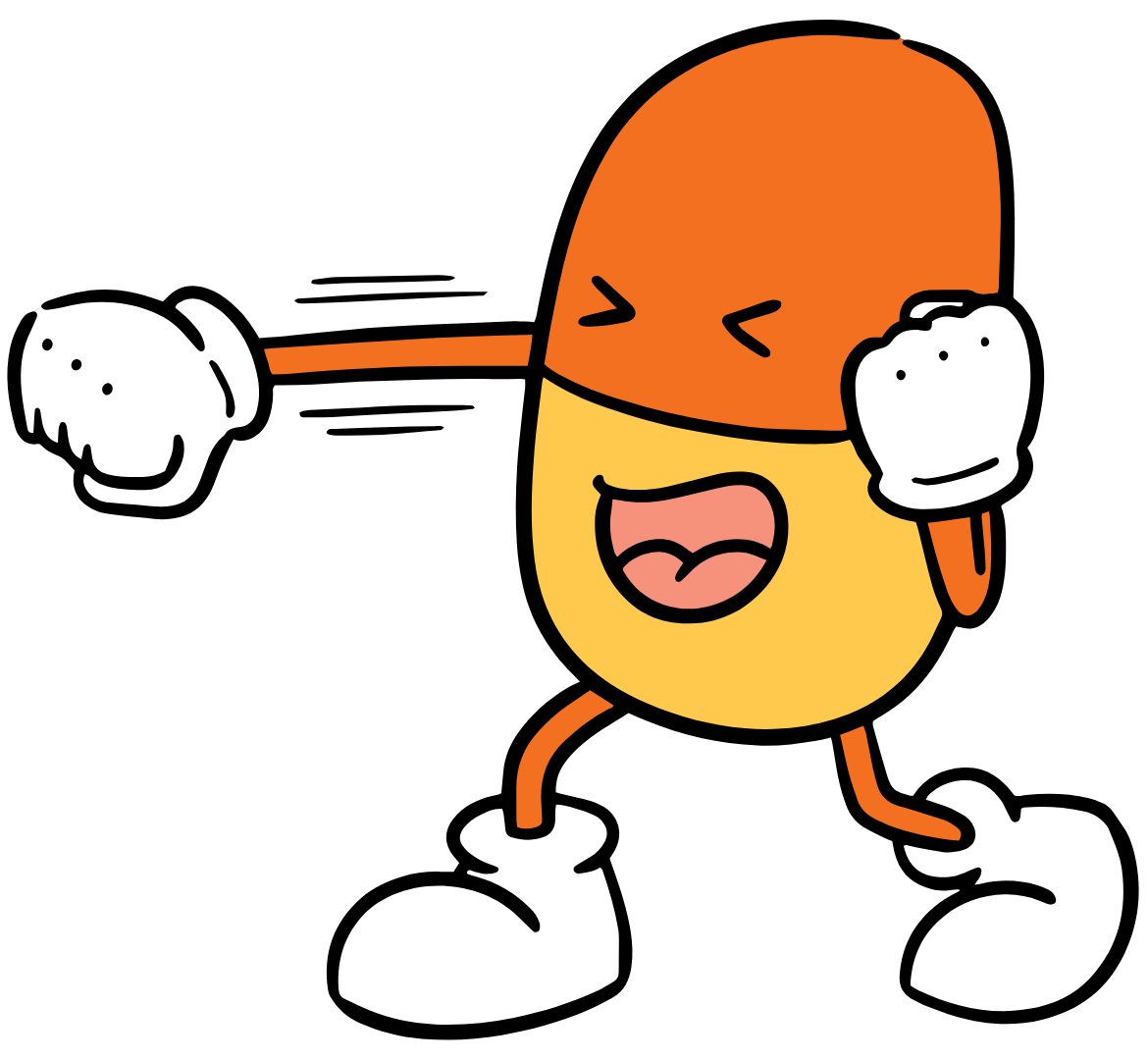How Does Ketamine Therapy Work?
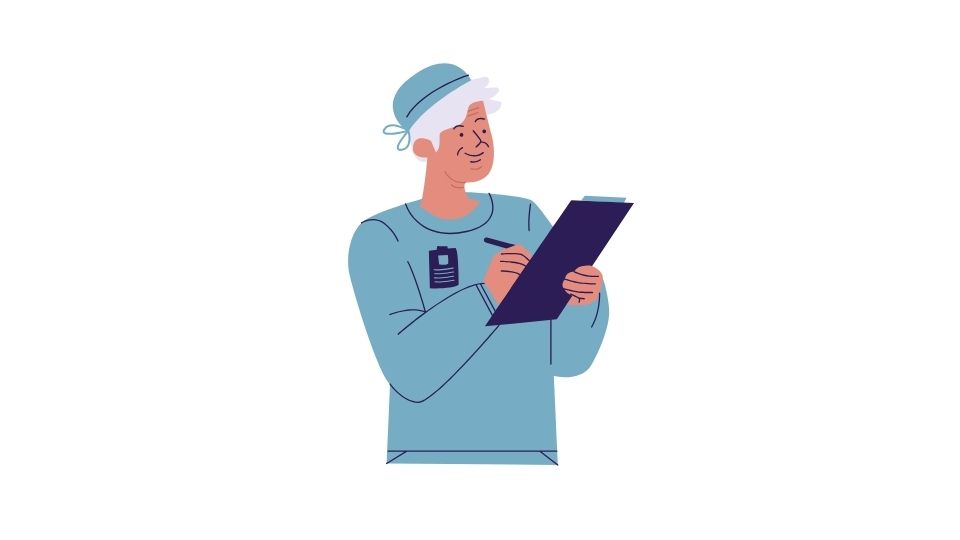
Ever wondered how ketamine—you know, that dissociative anesthetic we’ve been using for over 50 years—suddenly became the superstar of depression treatment?
It’s fascinating, really. While traditional antidepressants are like that friend who says they’ll help you move but shows up three weeks late, ketamine is the buddy who’s at your door in 30 minutes with pizza and a truck.
The science behind ketamine therapy is fascinating, and understanding how it works might change the way you think about depression treatment. Let’s dive into the brain chemistry that makes this possible.
How Ketamine Actually Works in Your Brain
If you’re struggling with depression, you’ve probably heard about serotonin. Traditional antidepressants like SSRIs work by increasing serotonin levels in your brain. But ketamine? It takes a completely different path.
Instead of focusing on serotonin, ketamine targets the glutamate system—the brain’s primary excitatory neurotransmitter. And boy, does it work fast.
The Glutamate Connection
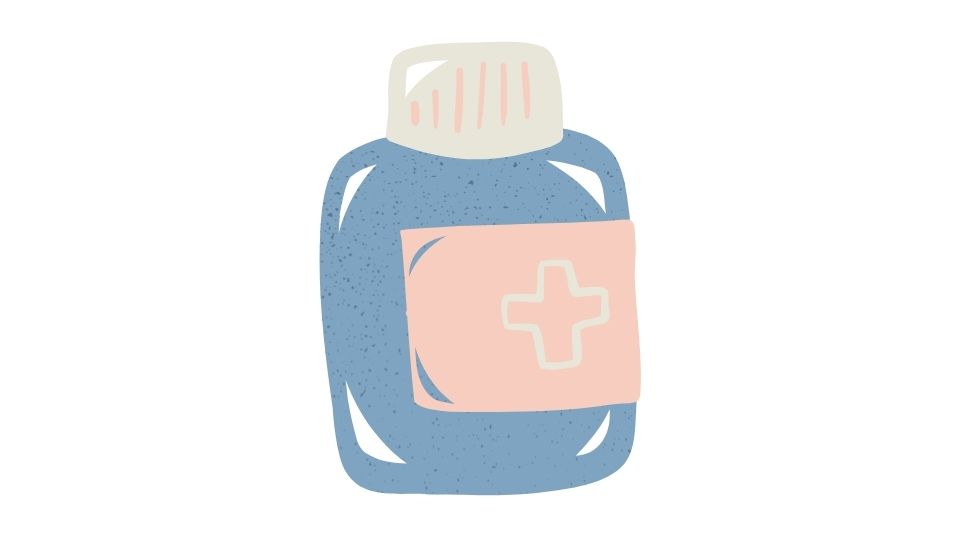
Here’s what happens when ketamine enters your system:
- Ketamine blocks NMDA receptors (especially on inhibitory neurons)
- This causes a surge of glutamate release
- The glutamate activates AMPA receptors
- A cascade of neuroplasticity-related processes begins
Think of it like this: depression has worn down certain pathways in your brain. Ketamine essentially helps your brain build new roads where the old ones have become impassable.
According to research from Stanford, ketamine works within hours—not weeks or months like traditional antidepressants. This makes it revolutionary for people with treatment-resistant depression who’ve been waiting too long for relief.
The BDNF Boost
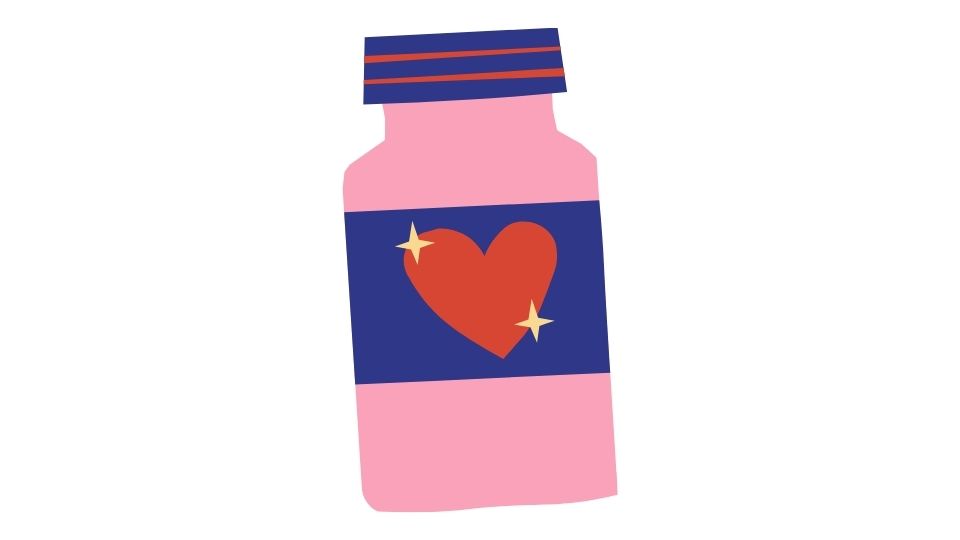
When ketamine activates those AMPA receptors, it triggers the release of a protein called brain-derived neurotrophic factor (BDNF).
BDNF is basically miracle-gro for your brain.
It promotes:
- New synapse formation
- Strengthened connections between neurons
- Neuronal growth and repair
The National Institute of Mental Health has found that people with depression often have lower levels of BDNF, and ketamine helps restore these levels almost immediately.
Why It’s So Different From Traditional Antidepressants
Your typical antidepressant (think Prozac, Zoloft, etc.) focuses on serotonin or norepinephrine and can take 4-6 weeks to work—if they work at all.
Ketamine, meanwhile, is over here like “hold my beer” and starts working within hours.
A comprehensive review in Frontiers in Neuroscience showed that ketamine’s rapid effects come from its unique ability to immediately restore synaptic connections that have been damaged by chronic stress and depression.
The Downstream Effects
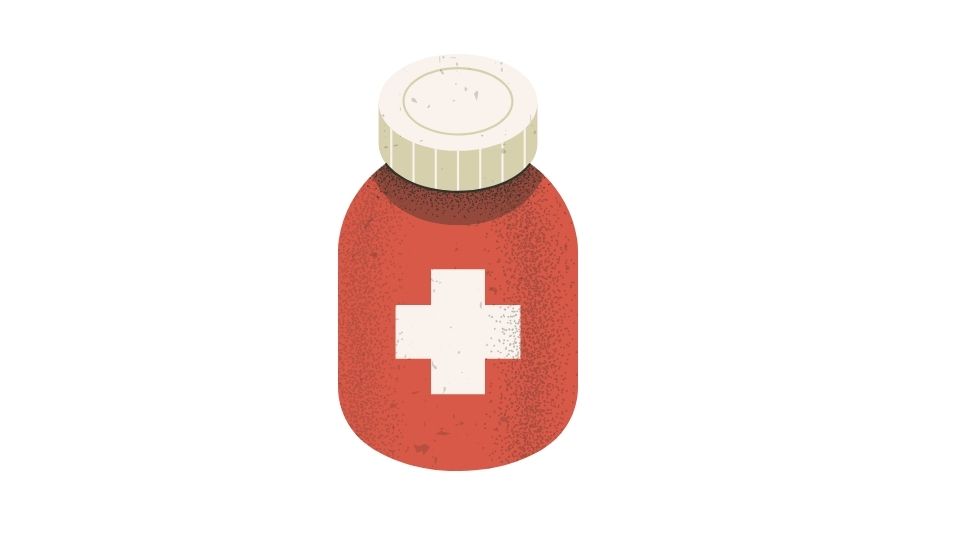
After ketamine activates the AMPA receptors, it triggers several important pathways:
- mTOR signaling: Think of this as the construction manager that coordinates the building of new brain connections
- BDNF release: The building materials for those connections
- GSK-3 inhibition: Prevents other chemicals from tearing down what you’re trying to build
From Anesthetic to Antidepressant: The Clinical Picture
When used for depression, ketamine is given at much lower doses than what would be used for anesthesia. You’re not going into a “k-hole” during treatment—you’re getting just enough to trigger these beneficial brain changes.
A Yale University study showed that ketamine can maintain its antidepressant effects for up to two weeks after a single treatment, though most patients need a series of infusions followed by maintenance doses.
The Bottom Line
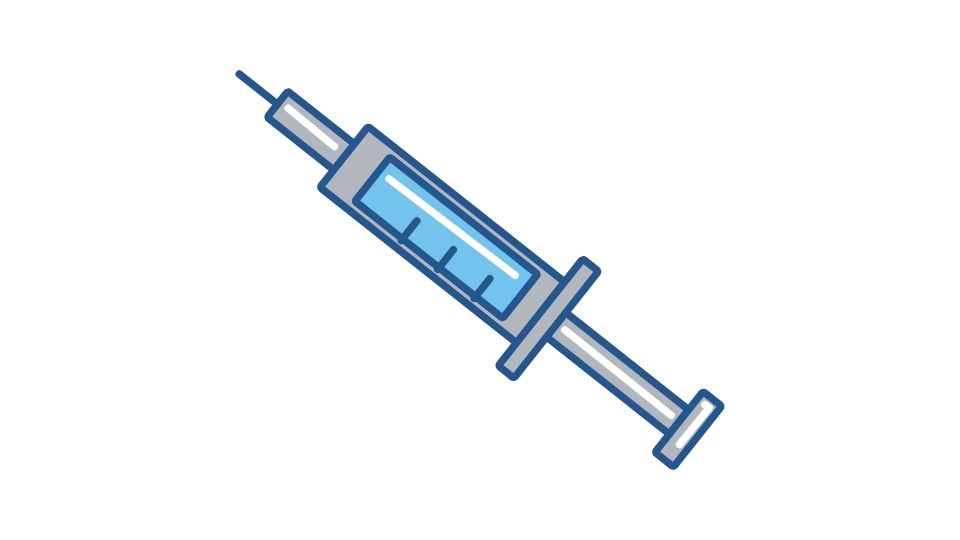
Ketamine works by triggering a cascade of events that rapidly rebuild and strengthen neural connections that depression has damaged. It’s not a “feel-good” drug that masks symptoms—it’s actually repairing the brain circuits involved in mood regulation.
So while traditional antidepressants are working on the serotonin highway, ketamine is over in the glutamate construction zone, building entirely new roads.
Is it a miracle cure? No. Does it work for everyone? Also no. But for people who haven’t responded to conventional treatments, ketamine offers something precious: hope.
And sometimes, that’s exactly what the brain needs to start healing.
